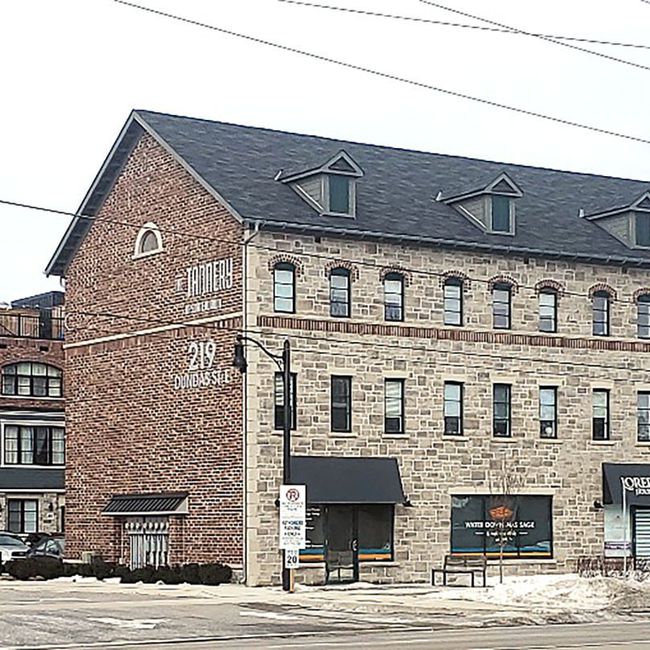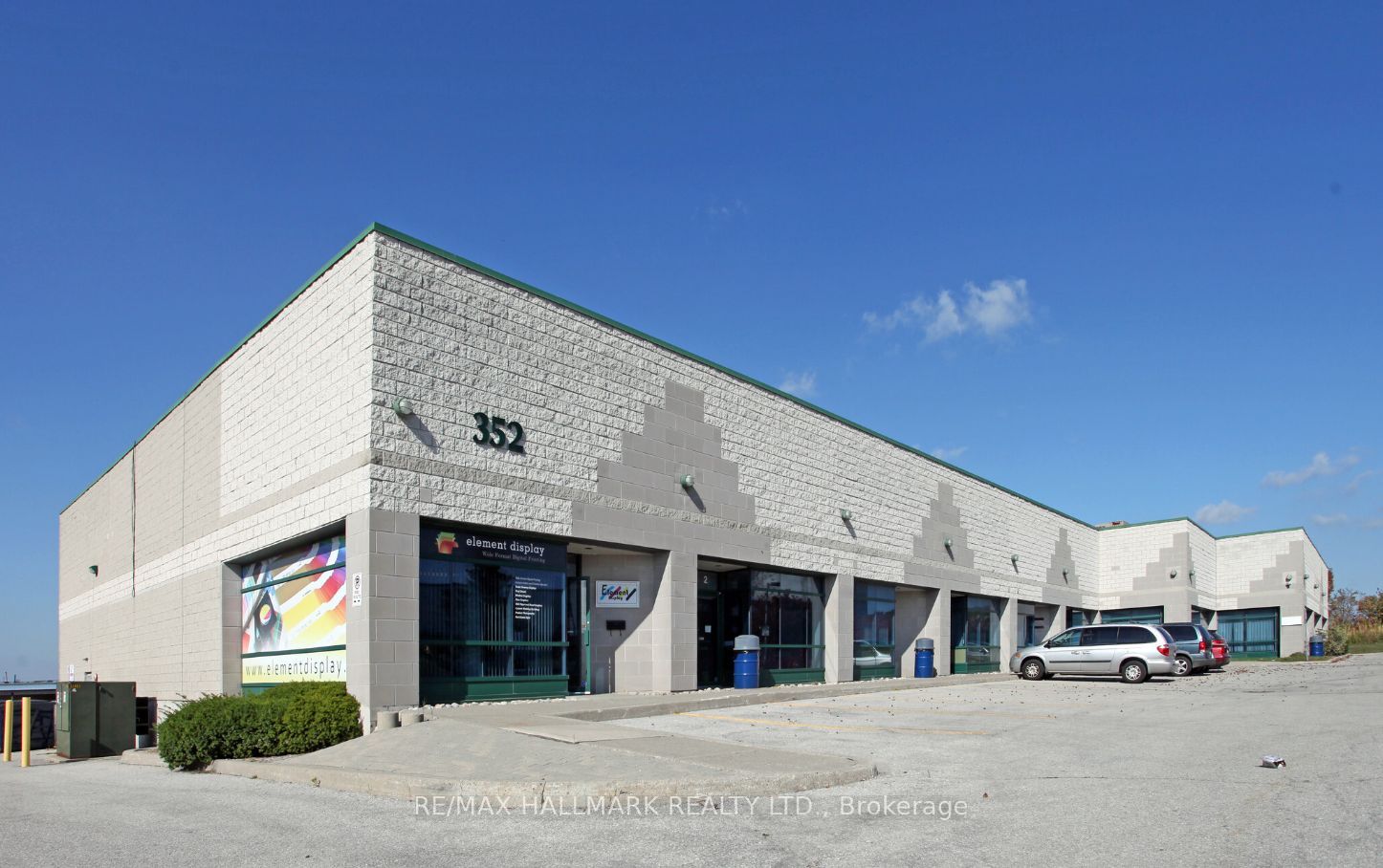Mixed-Use Change To Commercial Lands. Cambridge Councillor Behind Task Force's

Mixed-Use Change To Commercial Lands. Cambridge Councillor Behind Task Force’s
The provincial government has an answer to housing issues, including those in Cambridge, and it just needs to pull the trigger, according to Coun. Nicholas Ermeta.
The Ward 8 representative pointed to the recent Ontario Housing Affordability Task Force report recommendation of permitting the “as of right” conversion of underutilized commercial properties to mixed use. The recommendation would “limit exclusionary zoning,” states the report, and bring a wider variety of residences.
“This to me is a no-brainer, can be done swiftly and isn’t overly controversial,” Ermeta said.
“It would open up a lot of land right away and in areas that need an upgrade where servicing already exists.”
Ermeta said the issue with current zoning in many municipalities is they haven’t updated its bylaws. While cities encourage mixed-use zoning, lands along arterial roads are only zoned commercial. He said getting land rezoned can sometimes take up to two years.
“As of right mixed-use zoning would significantly reduce the time frame and could see housing built much sooner. A builder would only have to go through site plan approval, which is a much shorter time frame than a rezoning,” he said.
Sections of Cambridge that would benefit from the change would be Hespeler Road and Dundas Street, Ermeta said. He can envision the same returns in the areas of King, Weber and Victoria streets in Kitchener, as well as Barton and Upper James streets in Hamilton.
“We need to embrace the missing middle, which creates more housing variety and more unique developments, taking the pressure off of detached homes,” he said.
One of the parameters perceived for the change would be allowing up to four units and up to four storeys on a residential lot.
“Market research also states that people overwhelmingly want to live in low-rise and mid-rise forms of housing over high-rise any day.”
Ermeta feels this change can avoid a mess of towering buildings in town. One of those developments he cites as an example is the Georgian Square Condominiums, on Wellington Street between Commonwealth Lane and Bruce Street. That type of medium density should “win the day” and would preserve the character in the city, he said.
While the provincial recommendations would bypass municipal approval, Ermeta wants cities to retain the ability to determine the amount of density and number of units that would be most appropriate for their community.
He felt a good starting point was four to six storeys.
Some of the other provincial recommendations include permitting “as of right” for secondary suites and multi-tenant housing, as well as allowing unlimited height and density for “as of right” zoning in “immediate proximity” of transit stations and no minimum parking requirements for six to 11 storeys.
Also, to rezone all land along transit corridors as mixed use and encourage municipalities to increase density in areas with excess school capacity.
Val Brooks, president of the Cambridge Association of Realtors, agreed with Ermeta that rolling back exclusionary zoning would “go a long way in in providing more affordable choices for families.”
“As of right zoning also allows more type of housing that is accessible to a larger group of people. This makes neighbourhoods stronger, richer and fairer and most importantly, allows housing to be built more quickly to alleviate the current supply issue,” she said.
“Far too much time and unnecessary expenses are spent reviewing and holding consultations for large projects which conform with the city’s official plan or zoning bylaws and small projects which would cause minimal disruption.”
Brooks noted with Cambridge’s core areas filled with businesses and commercial real estate, and the LRT on the horizon to provide a major transit corridor through the city, it is important to ensure people live close to those areas.
“Increasing density within Cambridge and around major transit routes would help reduce commute times, thus, reduce emissions, encourage tourism, support the economy and, most importantly, provide housing options for the large group of real estate clients wanting to enter the housing market,” Brooks said.
While Ermeta believes the recommendations could easily be implemented for the provincial election in June, he’s not dismissing the idea of putting a resolution forward to city council asking the province to work with the cities in implementing the recommendations.
“A major benefit to having mixed-use development across many commercial corridors is that spreading the growth in different areas might keep land costs in check,” Ermeta said.
“If you have too much development at once in one area, land values there will rise exponentially, which hinders affordability. So, by having other areas to choose from, investors can rotate throughout the city keeping the cost of future development land at a more reasonable price.”
Source The Record. Click here to read a full story









